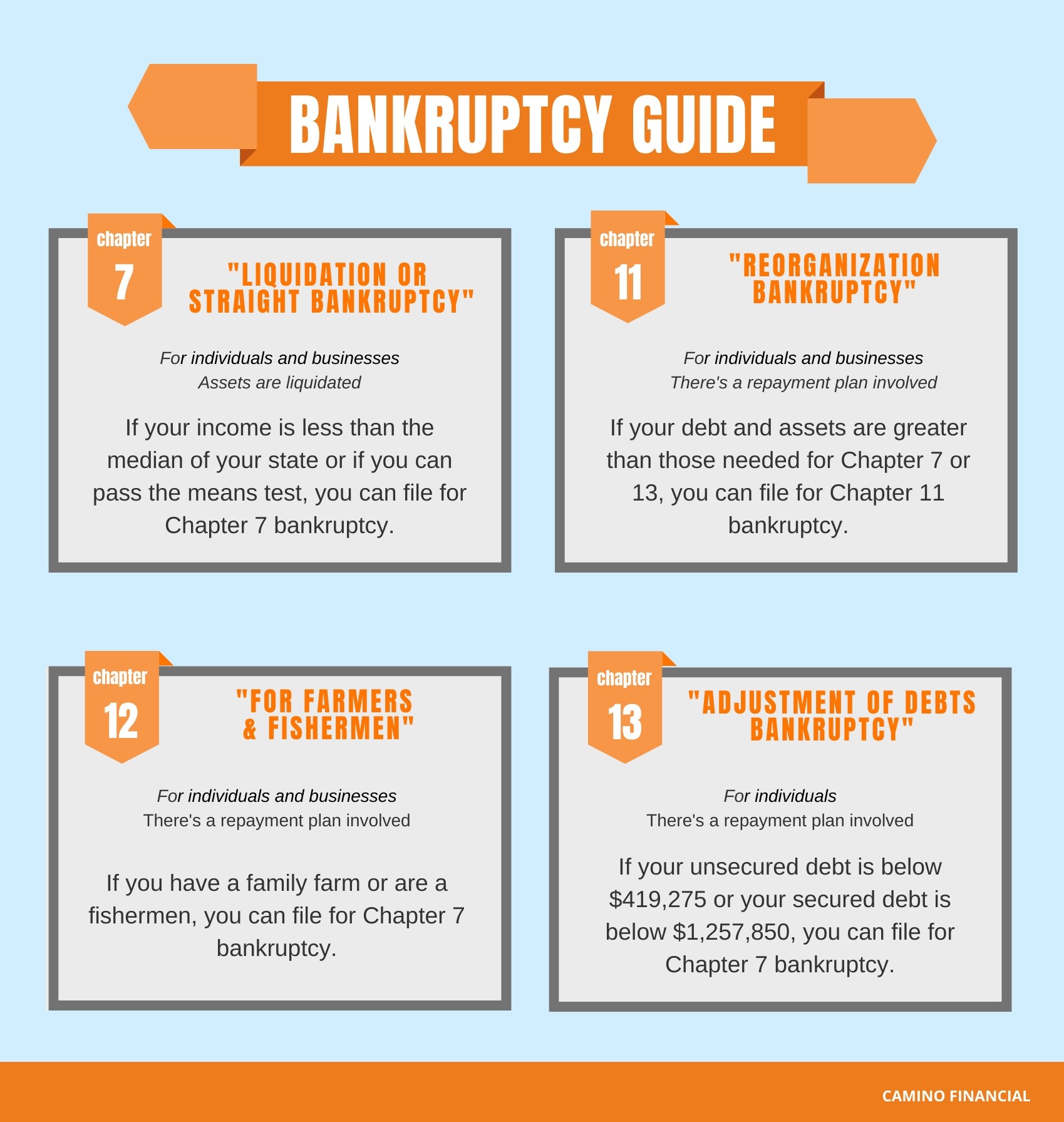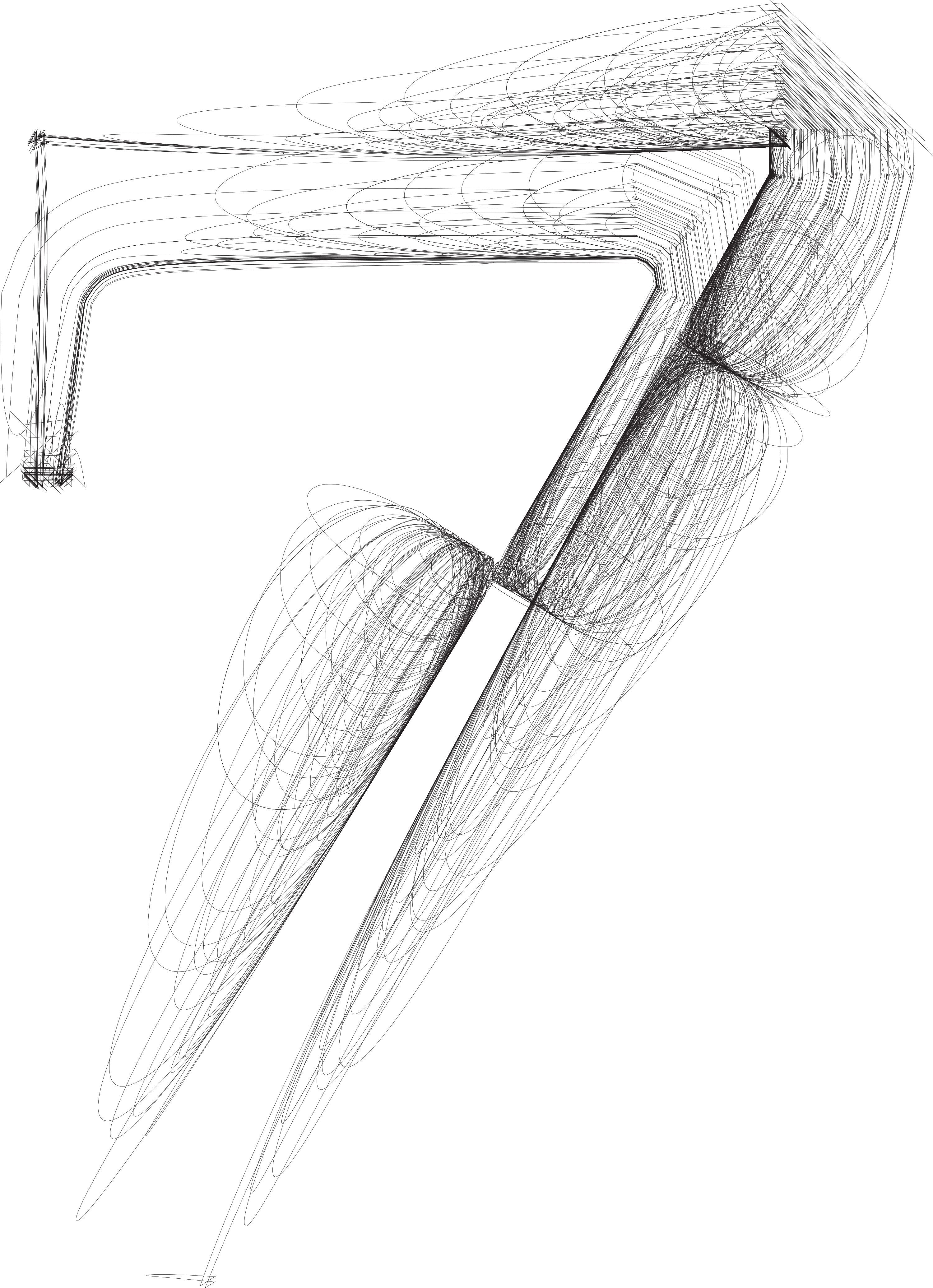5 Essential Bankruptcy Forms to File First

Embarking on the journey of filing for bankruptcy can be a daunting experience, filled with legal intricacies and procedural steps that can overwhelm any individual or business. However, understanding which forms to file first can streamline the process, helping you to navigate through bankruptcy more efficiently and with less stress. Here, we delve into the top 5 essential bankruptcy forms that should be your priority when filing for either Chapter 7 or Chapter 13 bankruptcy.
The Voluntary Petition - Form B101

The initial step in the bankruptcy filing process is submitting Form B101, also known as the Voluntary Petition for Individuals Filing for Bankruptcy. This form kicks off the bankruptcy case, providing:
- Your personal information like name, address, and last four digits of your SSN.
- The chapter of bankruptcy you are filing under (Chapter 7 or Chapter 13).
- Information about your debts, income, and previous bankruptcy filings.
Upon filing this document, an automatic stay goes into effect, halting most collection actions against you by creditors.
The Statement of Financial Affairs - Form B107

Next in line, Form B107, the Statement of Financial Affairs, requests comprehensive details about your financial history. This includes:
- Income from employment, businesses, or other sources.
- Payments to creditors made in the last 90 days.
- Any lawsuits or financial disputes you're involved in.
🔍 Note: It's vital to be accurate with the information here, as these details play a significant role in your case's outcome.
Summary of Your Assets and Liabilities and Certain Statistical Information - Form B106Sum

With Form B106Sum, you provide a summary of your financial status. This form includes:
- A summary of your assets and their current market value.
- Your total liabilities (debts) listed in various categories.
- Details of your monthly income and expenses.
Schedule A/B: Property - Form B106A/B

Form B106A/B is used to list all property in your possession. This form categorizes your property into:
- Real property like your home or land.
- Personal property including cash, vehicles, household goods, and other tangible assets.
Reporting every asset, even those of little value, is crucial, as this information determines which of your properties can be exempted from liquidation.
Schedule I: Your Income - Form B106I

The final essential form on our list, Form B106I, requires you to outline your:
- Current gross monthly income from all sources.
- Your payroll deductions.
- Projected monthly income for the next 6-12 months.
Understanding your income is critical for both the court and trustee to assess your financial stability and to determine if you qualify for specific bankruptcy chapters.
In conclusion, mastering the preliminary forms required for filing bankruptcy can significantly smooth the process for you. Filing the Voluntary Petition sets the stage, followed by providing detailed financial histories through Forms B107 and B106Sum. Documenting your property with Form B106A/B helps protect what you can retain, and Form B106I ensures you're not bankrupting unnecessarily. Remember, these forms are just the start; subsequent steps will follow based on the specifics of your case.
Can I file for bankruptcy without an attorney?

+
Yes, you can file for bankruptcy without an attorney, known as filing “pro se.” However, bankruptcy law is complex, and having an attorney can help navigate the nuances of your case, potentially saving you money and time in the long run.
What is the automatic stay, and what does it protect?

+
The automatic stay is an injunction that goes into effect immediately upon filing the bankruptcy petition, preventing creditors from continuing collection efforts, including lawsuits, wage garnishments, or home foreclosures.
How soon can I file for bankruptcy again after a previous filing?

+
The waiting period depends on the chapter of bankruptcy you’ve previously filed:
- Chapter 7 to Chapter 7: 8 years
- Chapter 13 to Chapter 13: 2 years
- Chapter 7 to Chapter 13: 4 years
- Chapter 13 to Chapter 7: 6 years